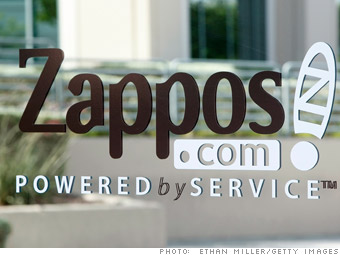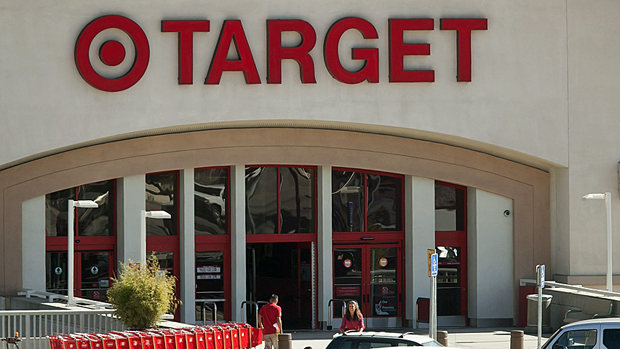I’ve been noticing a spreading influx of people wearing TOMS shoes lately… Even the UBC Bookstore sells them!
 After Googling the company, I came across their blog entry on “Movember”; a movement where males around the world grow moustaches in November to raise funds and awareness for men’s health.
After Googling the company, I came across their blog entry on “Movember”; a movement where males around the world grow moustaches in November to raise funds and awareness for men’s health.
The entry highlighted the movement’s importance to some of the TOMS staff members, but most importantly, it also showcased the company’s collaboration with the creators of Movember. The result: limited edition TOMS shoes, embellished with a little moustache on the side. This not only allows TOMS to capitalize on the popularity of Movember, but it further strengthens the company’s sense of social entrepreneurship (with “One for One”).
 I’ve tried on a pair of TOMS, and with their classic line priced at around $65, I couldn’t understand why people were paying so much for such a fragile-feeling shoe. However, the company’s strong marketing of their One for One movement, along with their vast selection of styles has clearly struck mass-market appeal. Despite not being a true social enterprise, it seems that the lack of public understanding of the term, has truly worked in TOMS favour.
I’ve tried on a pair of TOMS, and with their classic line priced at around $65, I couldn’t understand why people were paying so much for such a fragile-feeling shoe. However, the company’s strong marketing of their One for One movement, along with their vast selection of styles has clearly struck mass-market appeal. Despite not being a true social enterprise, it seems that the lack of public understanding of the term, has truly worked in TOMS favour.





